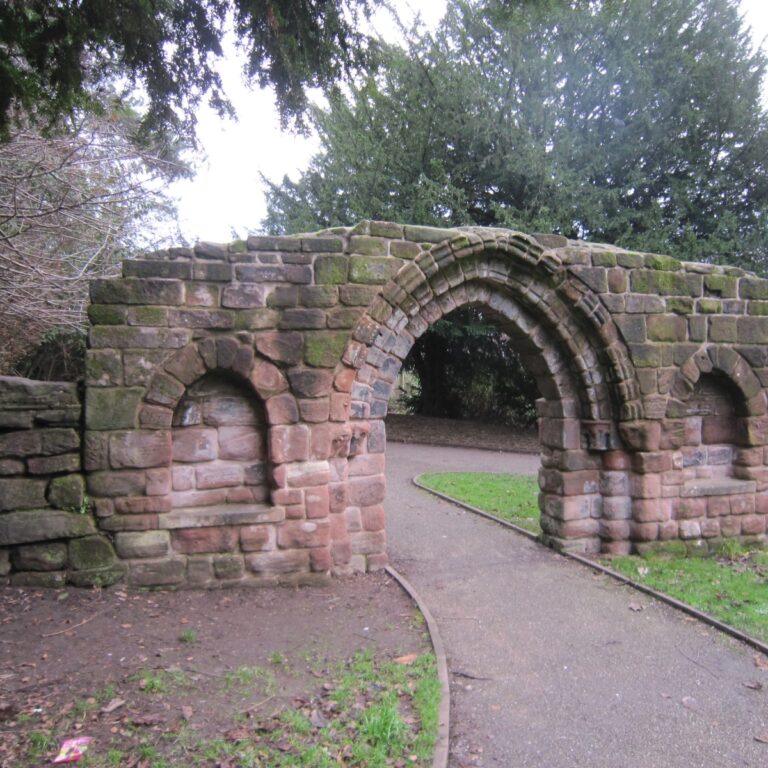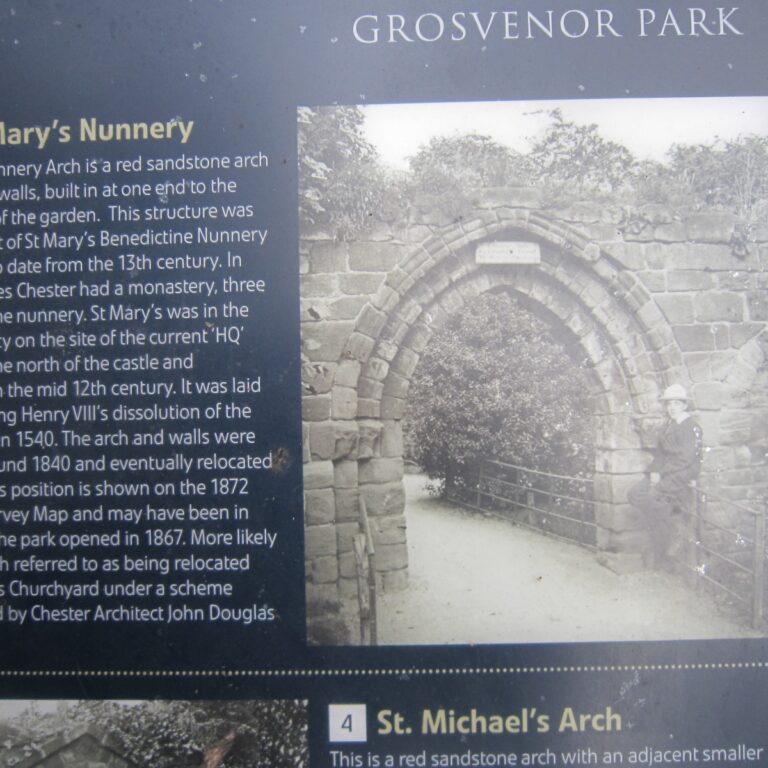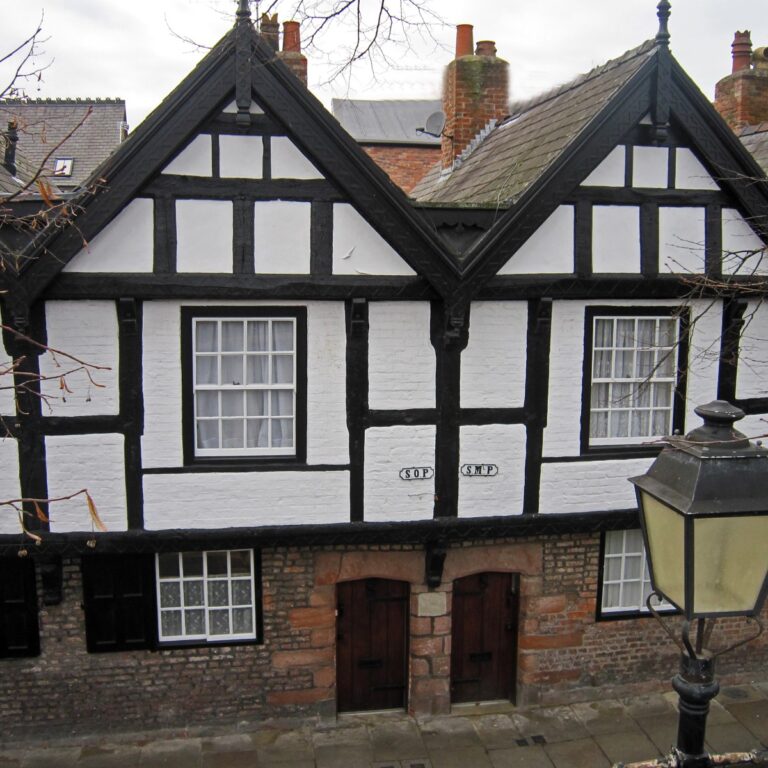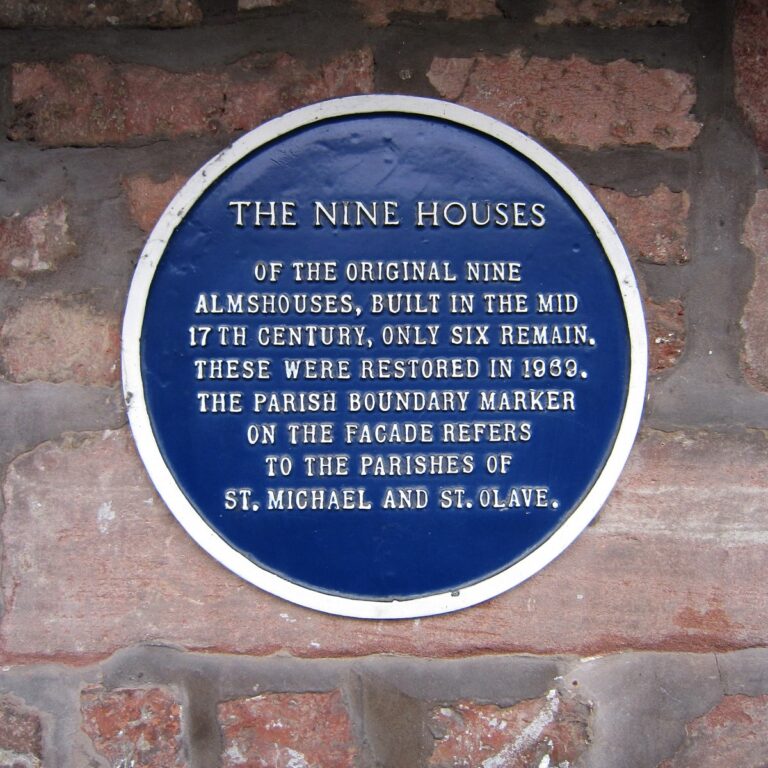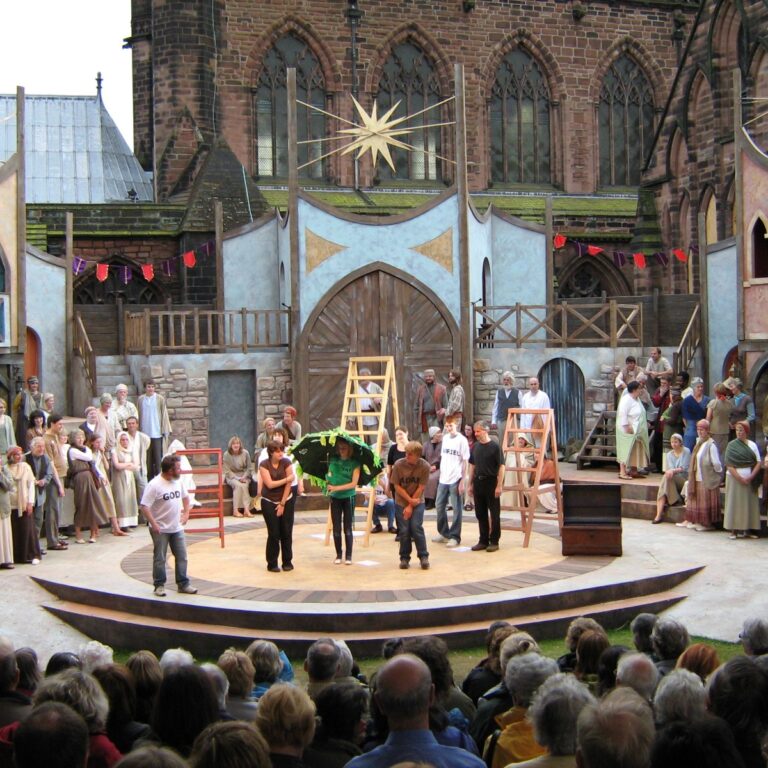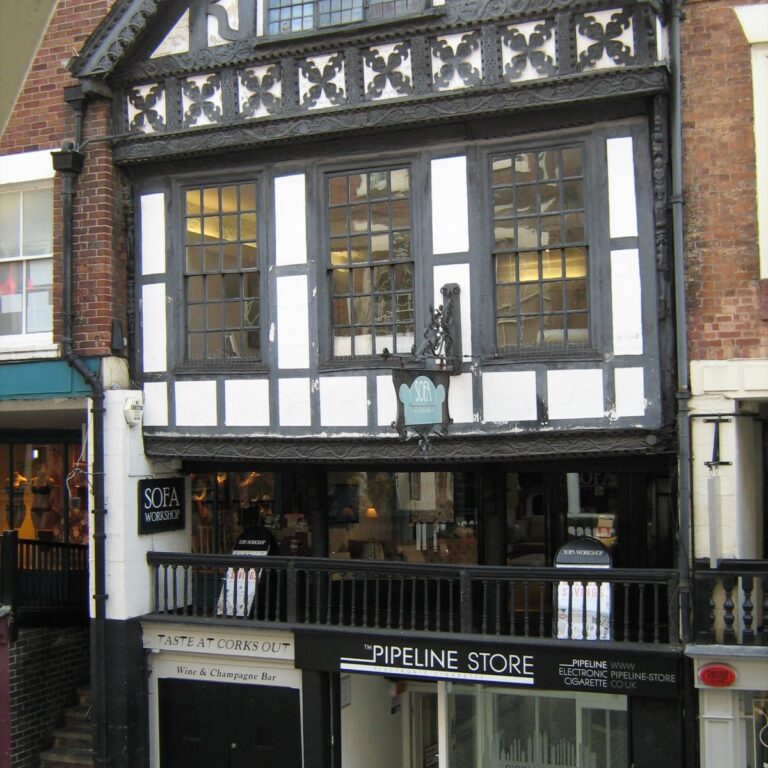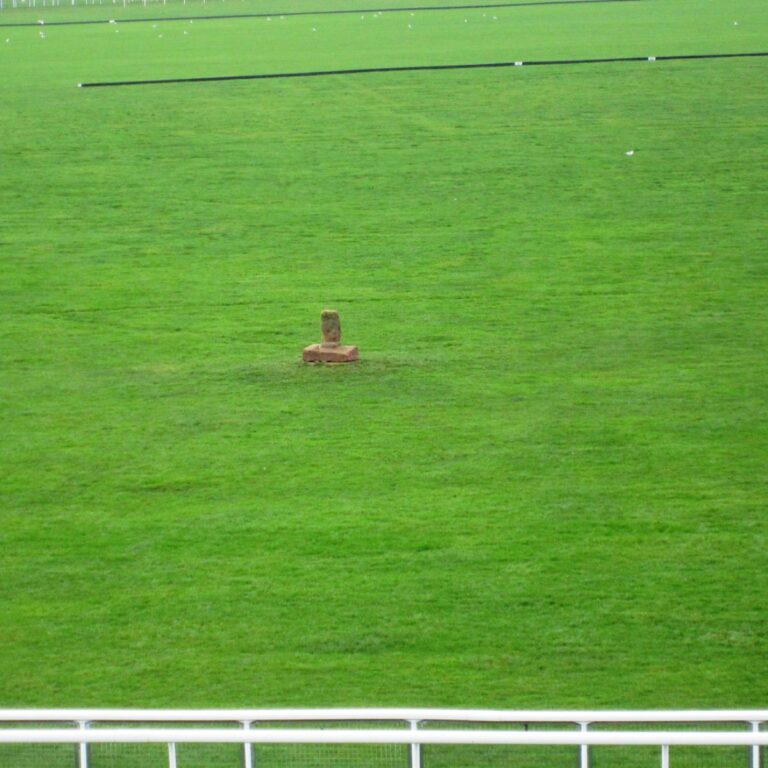Places: Chester
Widget not in any sidebars
CHESTER
Chester was the largest town in Cheshire, sometimes known as the county of Chester, and became the seat of the new bishop following the creation of the see in 1541. This followed the dissolution of the Benedictine monastery of St Werburgh which became the new cathedral dedicated to Christ and the Blessed Virgin Mary. The former abbot became the new dean. There were also a nunnery and three friaries, all of which were dissolved around 1540.
By the sixteenth century there were nine parishes in the city as well as a number of chapels, several of which fell out of use during the sixteenth century.
A cycle of Mystery Plays, originally performed on Corpus Christi Day, was performed annually over a period of three days at Whitsuntide by the early sixteenth century. Each of the craft guilds was responsible for a specific part of the plays each year and each maintained a wagon on which their part of the action took place as they processed around the town. By the 1570s increasingly Puritan city and church authorities objected until they were banned by the archbishop of York and ceased after 1575. They have, however, been revived in recent years.
The city remains famous for the surviving Roman walls and the Rows, the first-floor shops on the four main streets of the city centre, projecting above those at street level.
There was a lively port on the River Dee, but the silting of the river led to a decline in trade by the mid-sixteenth century. The cause papers include numerous references to merchants and shop owners of Chester.
Chester’s racecourse, the Roodee, was the site of the port in Roman times, and is recognised as the oldest racecourse still in use, dating back to the early sixteenth century. Its name is derived from a cross or rood, the remains of which can still be seen.
Sources:
Laurence M. Clopper (ed.), Records of Early English Drama; Chester (Manchester, 1979).
The volumes of the Victoria County History of Cheshire covering the city of Chester are available online:

